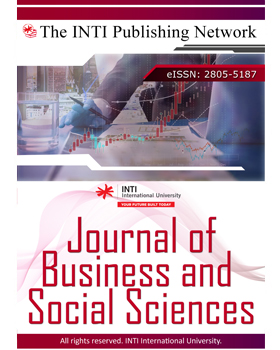Designing for Complementarity: Skills, Work, and Education in the Age of AI — A Review
DOI:
https://doi.org/10.61453/jobss.v2025no07Keywords:
AI-driven labor market, Durable skills, Workforce upskilling, Industry 4.0 education, Automation and employmentAbstract
This review synthesizes 2023–2025 evidence on how generative AI and automation are reconfiguring role structures, skill demands, and entry pathways, and proposes design principles that shift attention from task substitution to role redesign and talent architecture. Theoretical framework: Drawing on task-based labor economics, socio-technical systems design, and human-capital complementarity, the review distinguishes domains where substitution pressures concentrate from those where augmentation dominates. Method: A narrative review of peer-reviewed studies, official statistics, and policy/industry reports prioritized empirically grounded findings on employment effects, skills, governance, and program outcomes; inclusion emphasized methodological transparency and recency. Results and discussion: Convergent evidence shows contraction in routine cognitive tasks and growth in hybrid roles that pair domain expertise with AI orchestration, with early-career pathways especially exposed; high-performing implementations embed skills-first hiring, AI-augmented apprenticeships, and operational governance (provenance, bias testing, incident response) tied to performance. Research implications: Institutions should treat human-AI collaboration as an operating assumption and align curricula, workplace learning, and policy incentives around competence telemetry, credential portability, and equitable mobility.
Downloads
Published
How to Cite
Issue
Section
License
Copyright (c) 2025 Journal of Business and Social Sciences

This work is licensed under a Creative Commons Attribution 4.0 International License.

